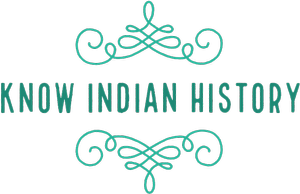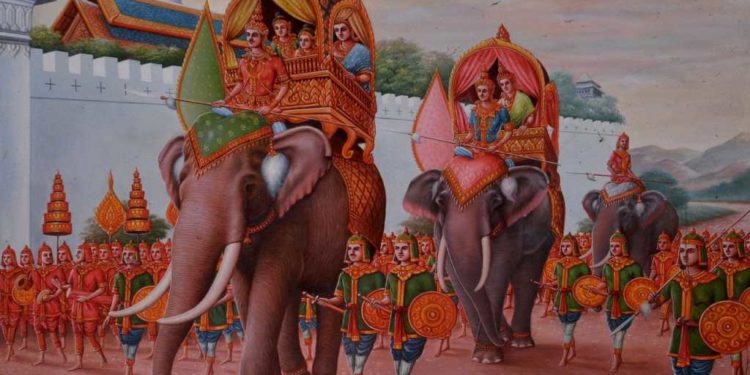Social structures are an important part of any society. People in a society are divided into groups according to how they are structured. These groupings may be political, cultural, or economic. Societies are categorized based on their size and complexity. Some societies are characterized by high levels of diversity, while others are highly stratified, exhibiting varying degrees of political power. Some societies have very complex social structures, with different levels of individual agency and varying degrees of participation in public life.
The first component of a social structure is individual. This is composed of families, communities, and other individuals. Other social groups exist within the same society, such as occupational guilds. However, a society may have several different kinds of groups. For example, a society may have many different sex levels, and the members of these groups may be related to each other. A society may have a variety of different social structures, with each group containing a unique set of features.
The next component of a social structure is groups. These are typically organized around a shared purpose, such as social or economic gain. These groups may be grouped according to their gender, ethnicity, or religious affiliation. These groups also participate in collective social actions and decision-making. These groups, and the decisions they make, form the framework of society. These groups are organized and maintain a certain degree of control over the behavior of individuals.
The proto-international society of the British Indian empire was a complex social structure in the last decade of the nineteenth century. It can be viewed as an interaction of six agents. Although the specification of these agents is approximate, the societal elements of the empire are formed through the interactions of these agents. The dominant tendency within each group dominated the others. The interaction of these agents is the basis of a society, and they can also be considered part of a society.
A society’s social structure is often referred to as its “vertical” structure. In other words, a society’s social structure is the relationship between two groups or individuals. An individual can be in any category, but a society that is hierarchical is a society in which individuals are ranked by class and gender. While social organizations and societies are similar, they have different roles in different cultures. The underlying principles of each group are often a differentiating force.
The term “social structure” was first used by Alexis de Tocqueville in the late eighteenth century, and was further elaborated by Emile Durkheim and Max Weber. He defined a social structure as a network of social relationships. This was the first modern definition of a social structure. He emphasized that it is a network of relationships among human beings. It is also a set of laws and regulations that govern how human beings behave in a society.




